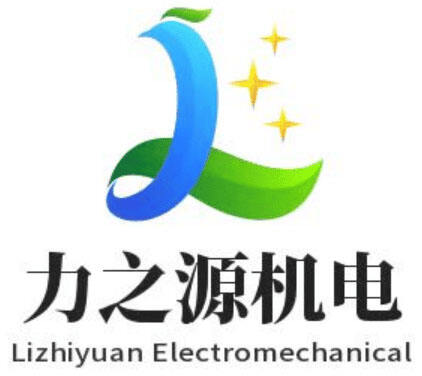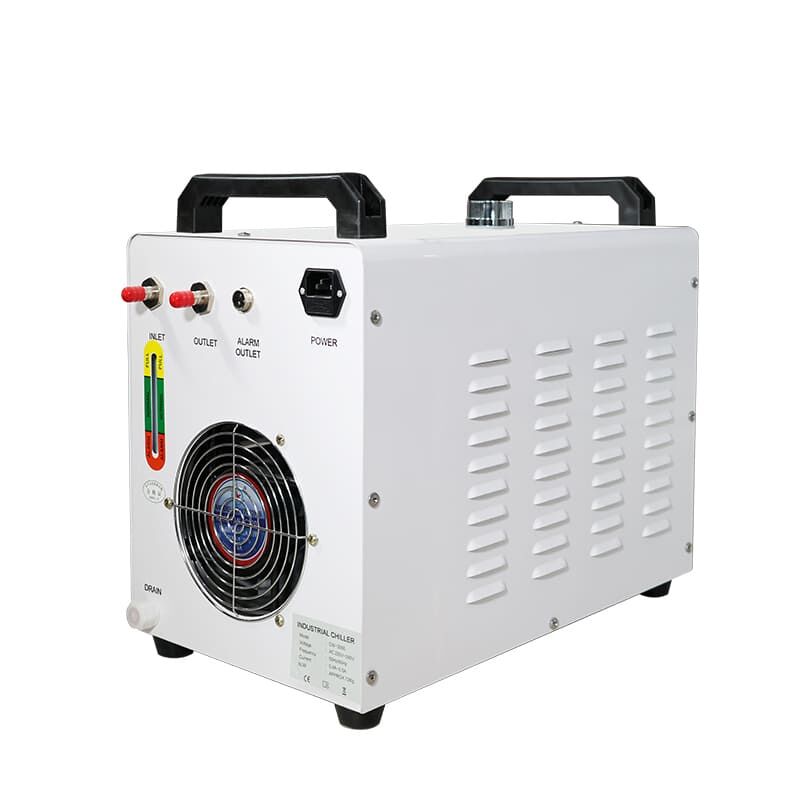The CW3000 Industrial Chiller stands out as a small but powerful cooling solution made to boost how well lasers and other machines perform in factories. Forced air cooling helps these chillers run better while cutting down on what companies spend to operate them. What makes this model special? It moves about 30 liters of water each minute, keeping temperatures under control when needed most. Inside, there's a condenser, evaporator, and pump working together behind the scenes to keep things cool. And because it doesn't take up much space, workers can move it around easily between different spots where it might be useful. This flexibility means businesses across many industries find value in having one of these units available for their operations.
Factors Influencing CW3000 Chiller Temperature
1. Ambient Temperature and Workload Demands
The ambient temperature really affects how well the CW3000 chiller works and changes what kind of cooling it can deliver. On hot days, the unit has to put in extra effort just to keep things cool enough, particularly during those moments when demand suddenly jumps up. We see this happen all the time with laser equipment that runs at full blast. Temperature swings throughout the day will definitely affect performance, so keeping an eye on surroundings makes sense if we want our chillers running smoothly. Putting these units somewhere with good airflow helps them handle higher temperatures better, something every facility should consider for their setup.
2. Coolant Flow Rate and System Efficiency
Coolant flow rate plays a major role in how well the CW3000 chiller actually works because this determines if the machine can get rid of heat properly from those sensitive laser parts. When the flow isn't right, things start going wrong pretty quickly. Keeping an eye on coolant levels makes all the difference when it comes to keeping things running smoothly without any surprises. Most technicians recommend checking the reservoir at least once a week and making sure there are no air bubbles in the system. If something gets clogged or the flow drops too low, we've seen cases where maintenance bills go through the roof while production just grinds to a halt. Some facilities have started installing automatic sensors that track flow rates in real time, which helps catch problems before they become big headaches down the road. These systems aren't always cheap upfront but save money in the long run by preventing unexpected breakdowns during critical operations.
Normal Operating Temperature Range for the CW3000 Chiller
1. Manufacturer-Recommended Temperature Guidelines
The CW3000 chiller works best when temperatures stay between 20 and 30 degrees Celsius according to what most manufacturers suggest. If it runs too hot or cold outside that window, the cooling system just doesn't perform as well anymore, which puts other connected gear at risk of getting damaged over time. Sticking to these temperature specs keeps the machine running smoothly for years instead of breaking down prematurely. Always check back with the owner's manual regularly so anyone operating the unit knows exactly what parameters matter most. The manual also serves as an early warning system for spotting problems before they become major headaches. Not following basic maintenance guidelines might mean losing out on warranty coverage down the road or facing expensive fixes that could have been avoided altogether.
2. Signs of Overheating or Suboptimal Cooling
Spotting early signs of overheating matters a lot for keeping chillers running well. Things like strange noises coming from the unit or parts getting hotter than normal should raise red flags. Temperature warnings popping up on the CW3000 dashboard often mean something isn't right with how the cooling works. Checking equipment physically for any leaks or weird color changes around connections can show where stress might be building up or if coolant levels are off track. Running regular checks on how the system performs helps catch those temperature swings before they cause real problems down the road. Putting in place good monitoring tools makes all the difference when trying to keep everything within safe operating ranges. These systems don't just save money in repairs but actually prolong how long the whole setup stays functional without needing major overhauls.
Monitoring and Maintaining Optimal CW3000 Chiller Temperature
1. Routine Maintenance Checks for Temperature Stability
Keeping things cool in a CW3000 industrial chiller requires more than just turning it on and forgetting about it. Regular maintenance checks should be part of any operation plan. Start by checking coolant levels regularly to make sure there's enough circulating through the system. Don't forget to give components a good look over too - dirt buildup and worn parts will mess with performance eventually. The thermostat deserves special attention since even small errors here can throw off the whole cooling process. A solid maintenance schedule pays off big time, cutting down on surprise breakdowns and extending how long the machine lasts before needing replacement. Operators who track temperature readings week after week often spot problems before they become major headaches. For tricky maintenance tasks, bringing in certified technicians ensures everything stays within spec according to what the manufacturer recommends. Most experienced plant managers swear by having a detailed maintenance checklist posted near each unit so staff knows exactly what to check when doing their rounds.
2. Troubleshooting Common Temperature Fluctuations
Getting to grips with and fixing those annoying temperature swings in the CW3000 chiller makes all the difference when it comes to getting good results out of it. Most times these temperature changes happen because air isn't moving properly around the unit, there's not enough coolant circulating, or someone messed up the settings on accident. When folks know some basics about what to look for, they often catch small problems before they turn into big headaches down the road. If things get really complicated though, reaching out to tech support or checking what the manufacturer says usually gets things sorted out. Logging down every time temperatures go up or down along with what else was happening at that moment helps spot patterns over time. Putting in place some kind of temperature watch system lets operators catch potential trouble spots way ahead of time and also keeps records straight for compliance purposes. All these little tricks keep the chiller running smoothly most of the time and saves money by preventing expensive repairs later on.

